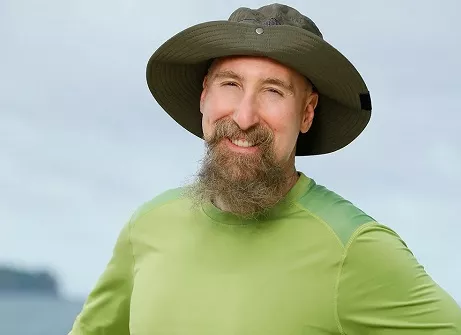Survivor season 43 winner Mike Gabler has donated $100,000 of his $1 million prize winnings to Veterans Exploring Treatment Solutions (VETS), a non-profit providing resources, research, and advocacy for U.S. special operations military veterans seeking mental health treatment with psychedelic-assisted therapies.
Gabler selected 10 veteran organizations to split his winnings with —highlighting non-profits that help former service members with PTSD and traumatic brain injury (TBI) who are at risk of suicide.
Mike Gabler’s donation was made on behalf of his father, Robert Gabler, who was a Green Beret, to veterans in need who are overcoming health challenges and to curb the suicide epidemic.
As a nonprofit organization that supports veterans in accessing psychedelic-assisted therapies, VETS recognizes the critical importance of psychedelic research. Recent Phase 3 trials of MDMA-assisted therapy for PTSD are demonstrating the significant impact of psychedelic treatment on individuals suffering from trauma-related disorders. Other compounds, like psilocybin and ibogaine, are also showing incredible promise in addressing these issues—but more research is critically needed.
Gabler’s donation will directly support VETS’ work to provide resources, research, and advocacy for veterans seeking psychedelic-assisted therapies.
“There is nothing like the support of the military and veteran community, and we are incredibly grateful to Mike Gabler, the son of an Army Special Forces veteran, for donating a portion of his Survivor winnings to VETS. Mike exemplifies the notion of serving those who’ve served, and we honor and value his outstanding leadership and unparalleled commitment to giving back,” said Marcus Capone, Co-Founder and Chairman of VETS.
VETS and its community greatly appreciates the donation from Gabler and is looking forward to expanding access to psychedelic-assisted therapies to additional veterans to ultimately put an end to veteran suicide.
For more information on VETS, visit our website.


